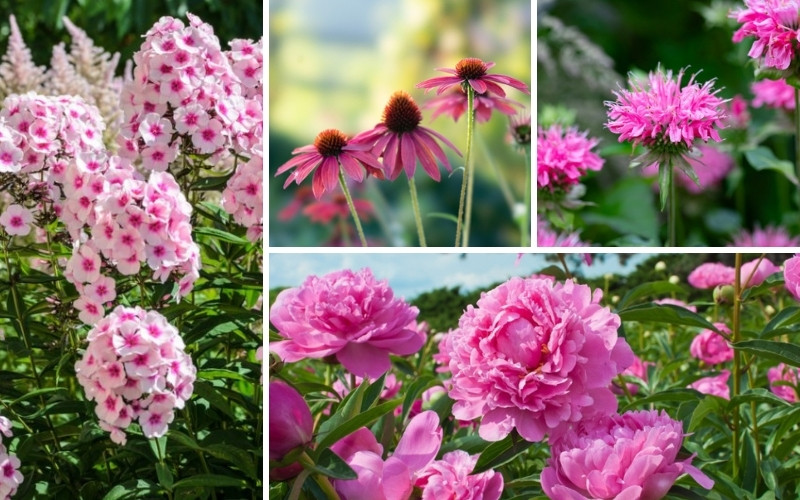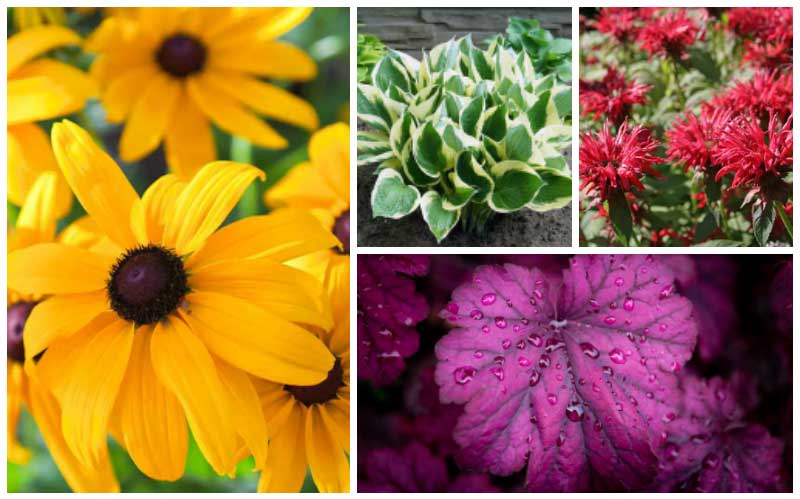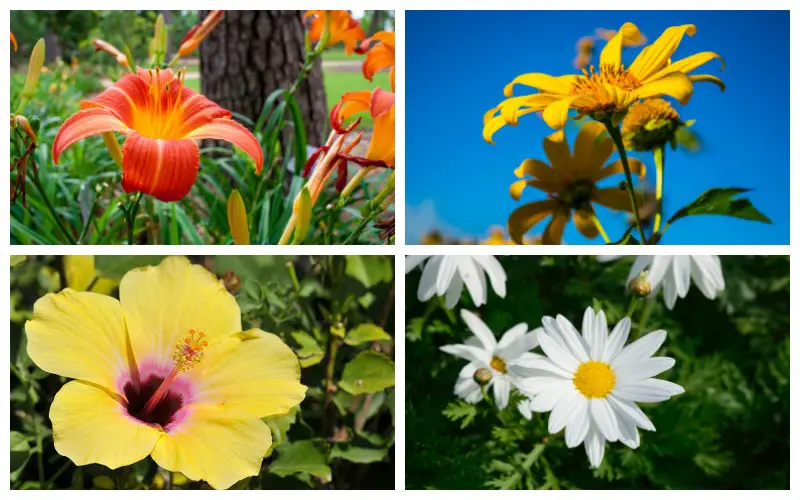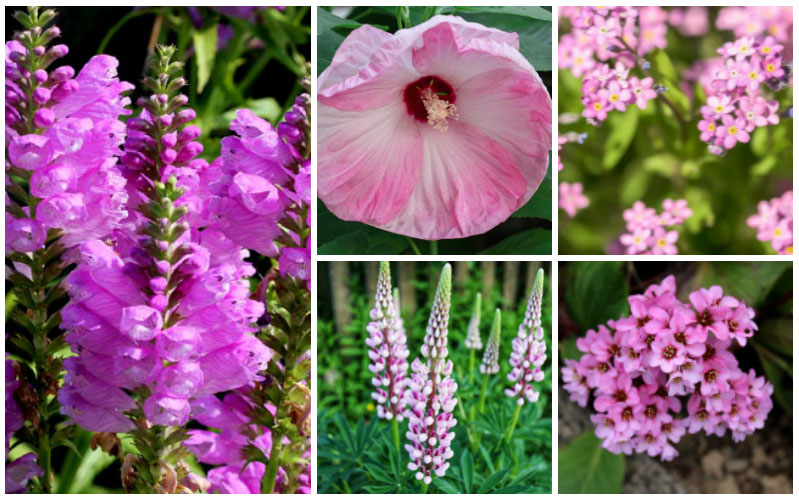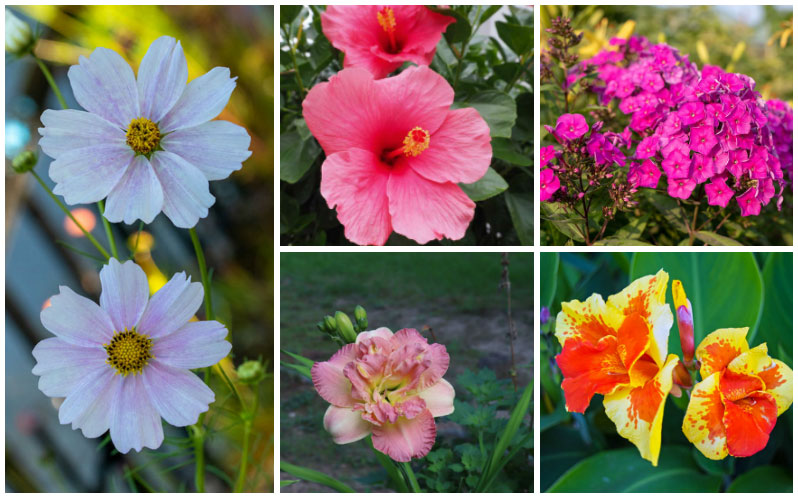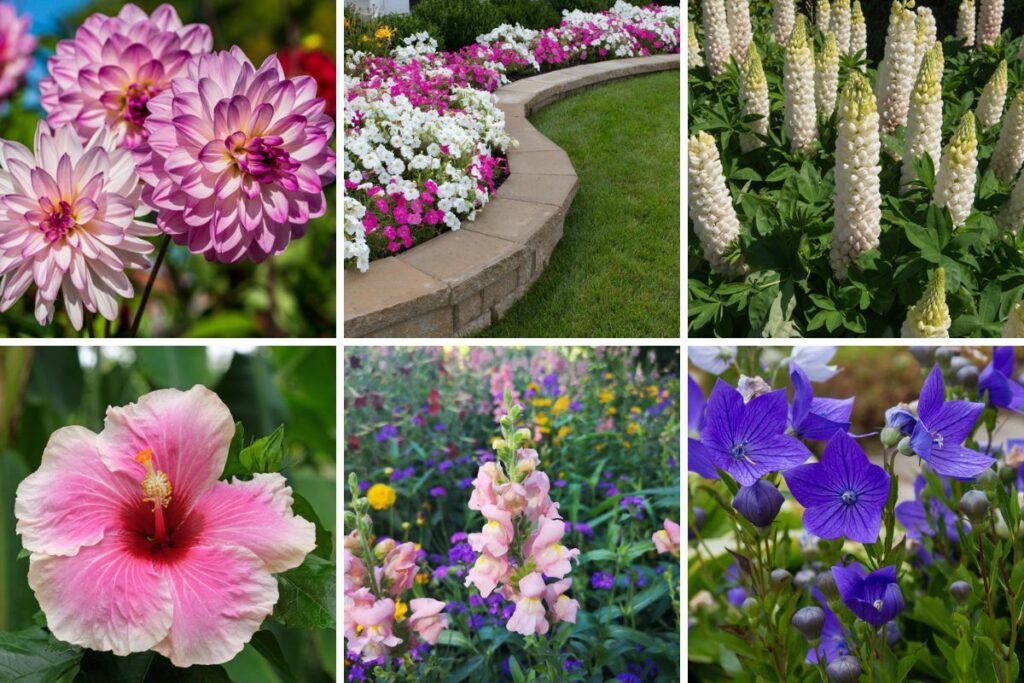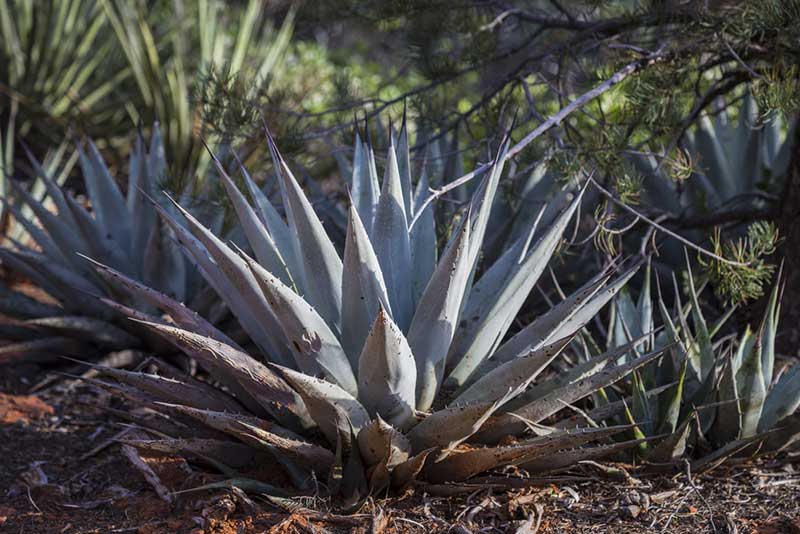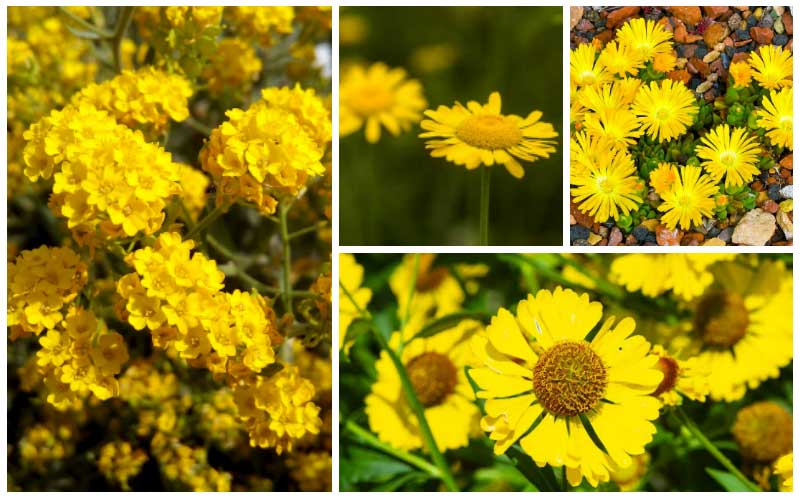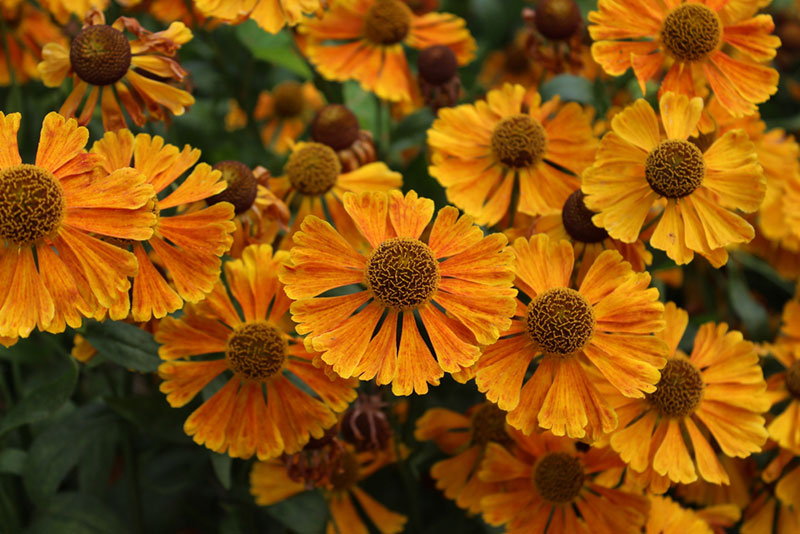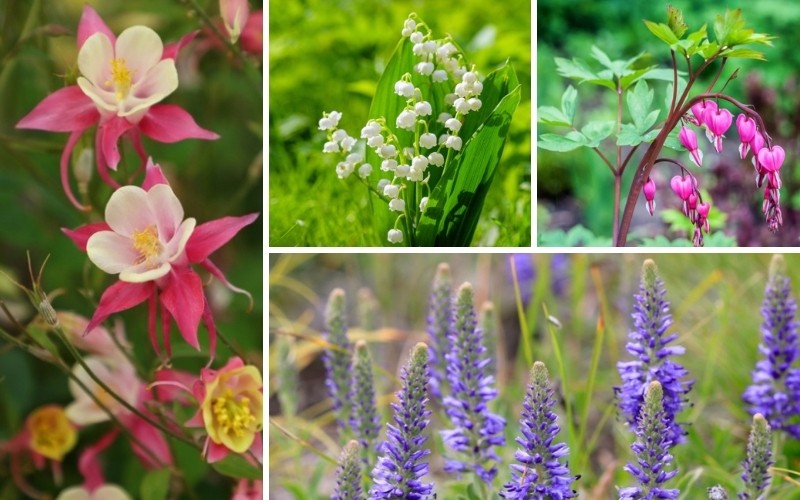
If you garden in New York, you probably already know that the growing conditions vary from one part of the state to another which may leave you wondering which perennials can be safely grown in your area.
The state of New York encompasses 5 USDA plant hardiness zones ranging from 3a to 7b which means perennials that thrive in zone 7b might not survive in the lower zones.
Consider these perennials for your New York perennial flower beds.
Bee Balm (Monarda bradburiana)

Bee balm adds color to the garden in the spring, but keeps on blooming well into the summer. Traditional flower colors range from white to varying shades of pink, purple or red. They attract both hummingbirds and butterflies and grow to heights of 1 to 2 feet with an equal spread. Bee balm grows best in average well-drained soil in either full sun or partial shade. It is hardy in USDA plant hardiness zones 5 through 8.
Catmint (Nepeta spp.)
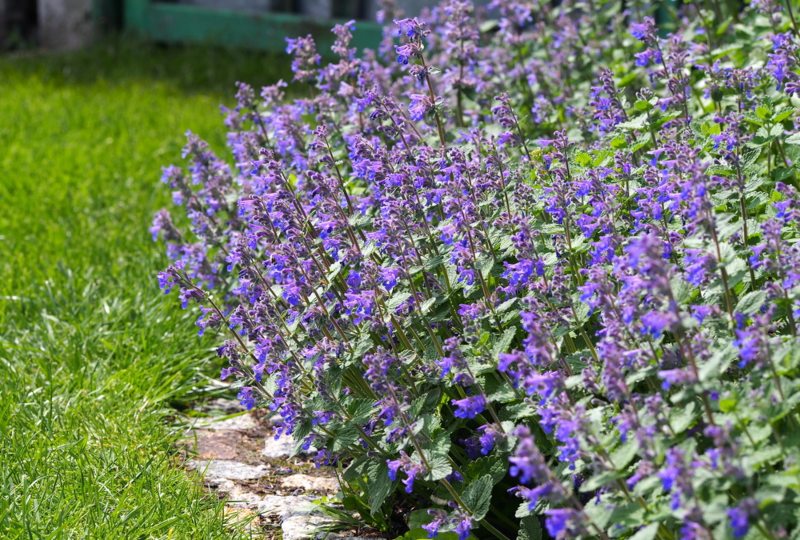
Catmint produces lacy, gray-green foliage topped with spikes of attractive bell-shaped white, blue or pink flowers that bloom in late spring and early summer. It often blooms intermittently during the summer. It reaches heights of 2 to 3 feet with an equal spread. Catmint prefers cool, moist soil in either full or partial sun. Catmint is hardy in USDA plant hardiness zones 4 through 8.
Hosta (Hosta ventricosa)

Hostas are known for their attractive foliage that ranges from deep green or blue-green to lovely variegated varieties with contrasting white leaves. They grow to heights of 2 to 3 feet with an equal spread and are usually grown as a ground cover or to brighten dark corners in the yard. They do bloom in late summer or fall, but most blooms are nondescript. Hostas prefer moist, well-drained soil and require full or partial shade. They are hardy in USDA plant hardiness zones 3 through 8.
Astilbe (Astilbe spp.)
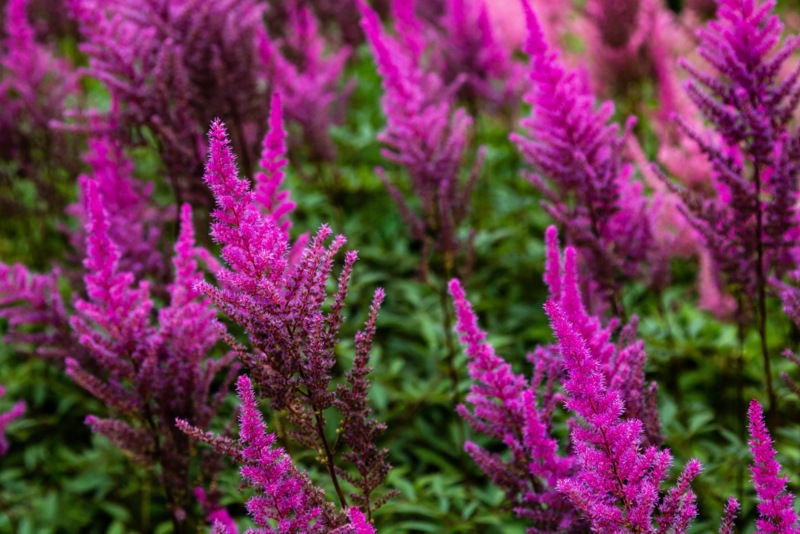
Astilbe produces tall plumes of flowers in late spring creating the illusion of floating mist in the garden. Colors range from white and pink to shades of red, peach and purple. Astilbe reaches heights of 12 to 18 inches with a spread of about a foot. Astilbe prefers moist soil high in organic matter that does not dry out. It thrives in either full or partial shade. Astilbe is hardy in USDA plant hardiness zones 3 through 8.
Bleeding Heart (Dicentra spp.)
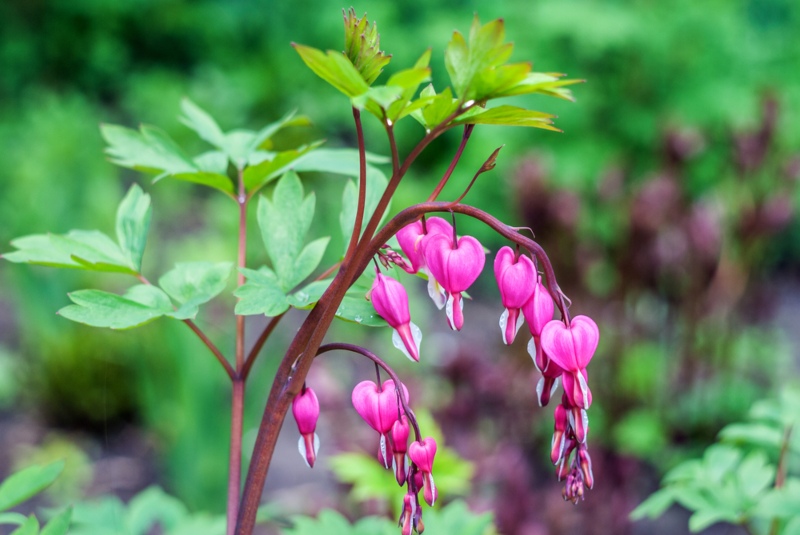
Bleeding hearts produce a mound of fern-like foliage with long graceful flower stems that form an arch when in bloom. Small, heart-shaped flowers line the arch in early spring. Some varieties continue to bloom throughout the summer. Flowers range from white and pastel pink to deep red. Bleeding hearts perform best in rich, fertile soil that remains moist and is not allowed to dry out. Most prefer full to partial sun, but some hybrids can tolerate more sun. They are hardy in USDA plant hardiness zones 3 through 9.
Lily of the Valley (Convallaria majalis)
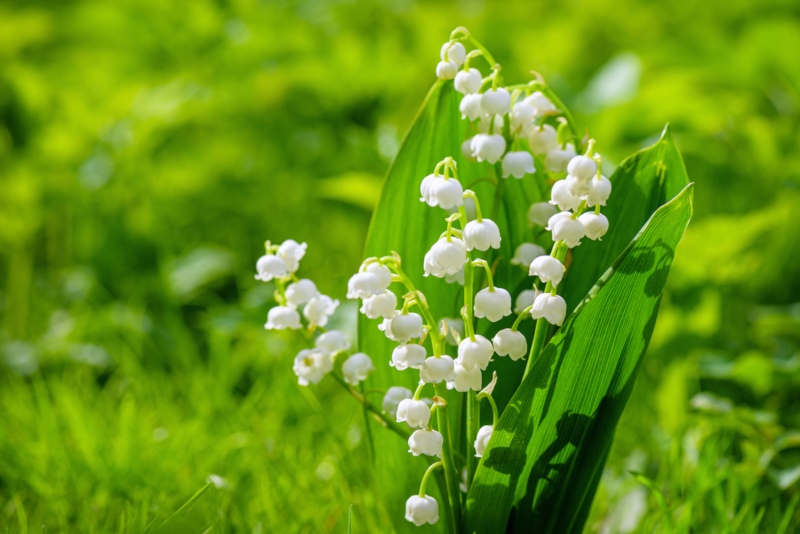
Lily of the valley flowers may look delicate, but these flowers are known for their intoxicating fragrance. Tiny bell-shaped flowers appear along arching stems in early to late spring. While most lily of the valley flowers are white there are some hybrids that produce pink flowers. Lily of the valley grows to a height of 1 foot with an equal spread. It prefers moist, fertile soil that drains well. Lily of the valley is a shade-loving plant and will thrive in partial or full shade. It is hardy in USDA plant hardiness zones 3 through 8.
Columbine (Aquilegia vulgaris)
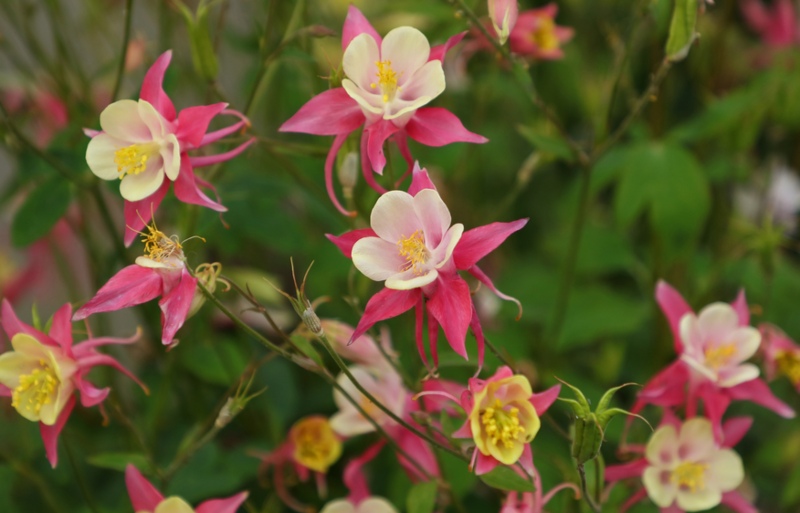
Columbine produces unique flowers with five petals that end in a distinct backwards hook at the tip. Flowers nod downward giving them a bell-like appearance. They range in color from yellow and white to varying shades of pink, blue and purple with many bicolors available, too. They reach heights of 1 to 3 feet and a spread of 2 feet. They grow in average well-drained soil in either full sun or partial shade. Columbine is hardy in USDA plant hardiness zones 3 through 8.
Peony (Paeonia spp.)

Peonies bring the garden alive in early to late spring with their massive, showy blooms that range in color from pure white to pink and red with many delightful bicolors, too. These flowers grow to heights of 2 to 3 feet with an equal spread. Peonies prefer humus-rich soil that does not dry out excessively. Plant peonies in full sun or partial shade for the biggest and brightest blooms. Peonies are hardy in USDA plant hardiness zones 5 through 8.
Spike Speedwell (Veronica ‘spike’)
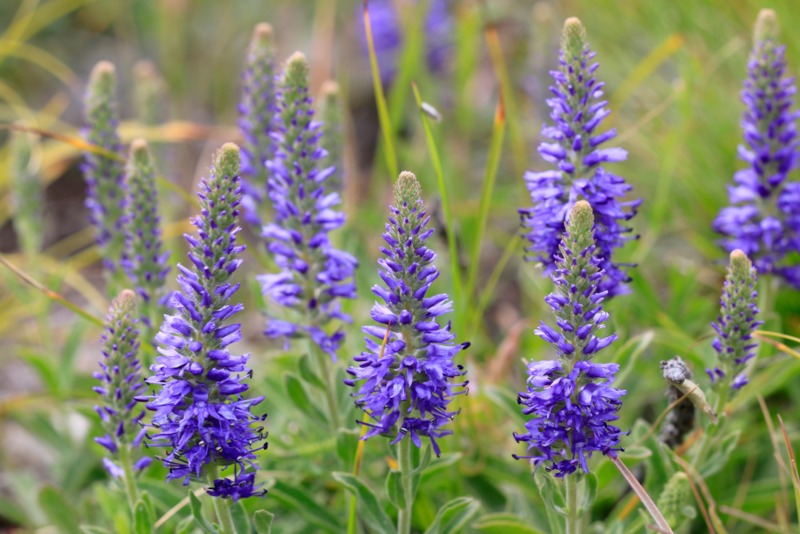
Spike speedwell provides summer-long color to the flower bed with its tall spikes laden with small star-shaped flowers in shades of purple, blue, pink or white. They grow to heights of 1 to 2 feet with a similar spread. Plant spike speedwell in average, well-drained soil in full sun. Pike speedwell is hardy in USDA plant hardiness zones 3 through 8.
Clematis (‘Jackmanii‘)

Clematis is a climbing vine that produces clusters of showy blooms in the spring, although some hybrids bloom all summer. Bloom color ranges from white or pink to varying shades of purple and red with many bi-colors available. It grows to heights of 2 to 10 feet or more, depending on the cultivar. Clematis prefers fertile soil that does not dry out excessively. Most cultivars thrive in full sun, but some varieties prefer partial shade. Clematis is hardy in USDA plant hardiness zones 4 through 8.
The growing requirements and hardiness of the plant can differ between cultivars of the same plant. Always consult the plant description of the specific cultivar you are interested in to determine if it is right for your New York garden. Observe neighborhood perennial beds to see what grows well in your area for ideas for your garden bed.





